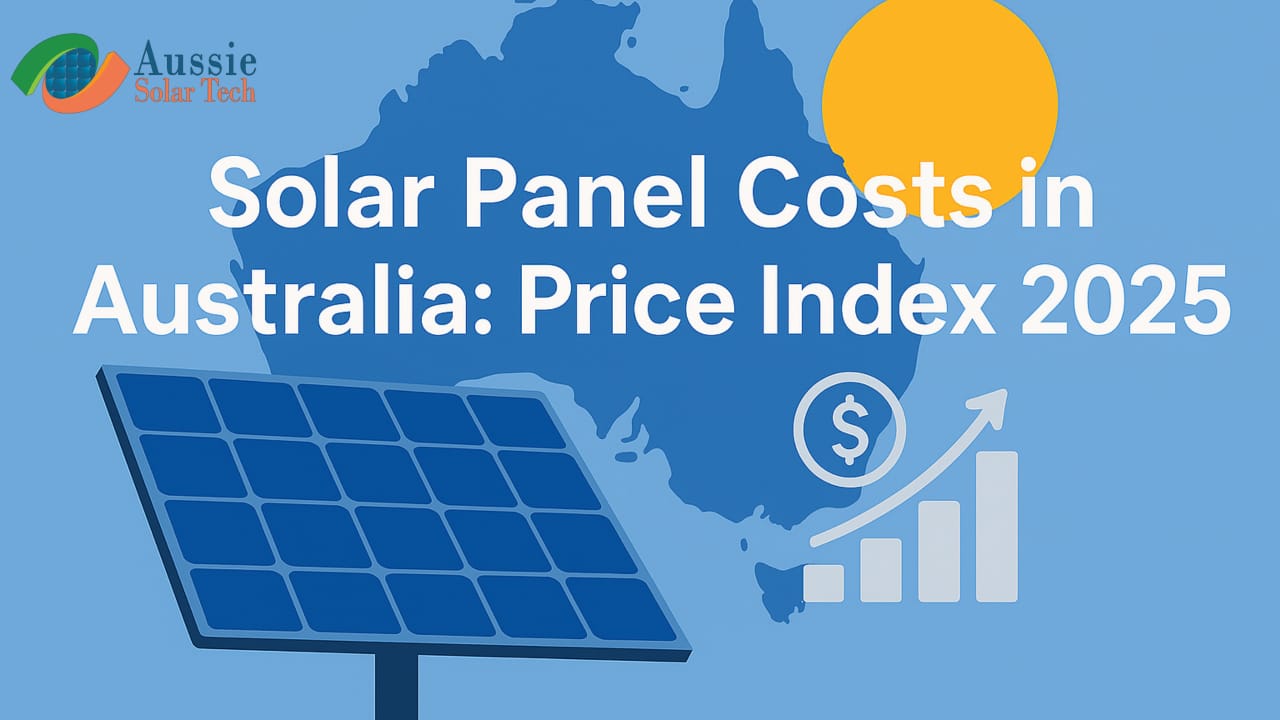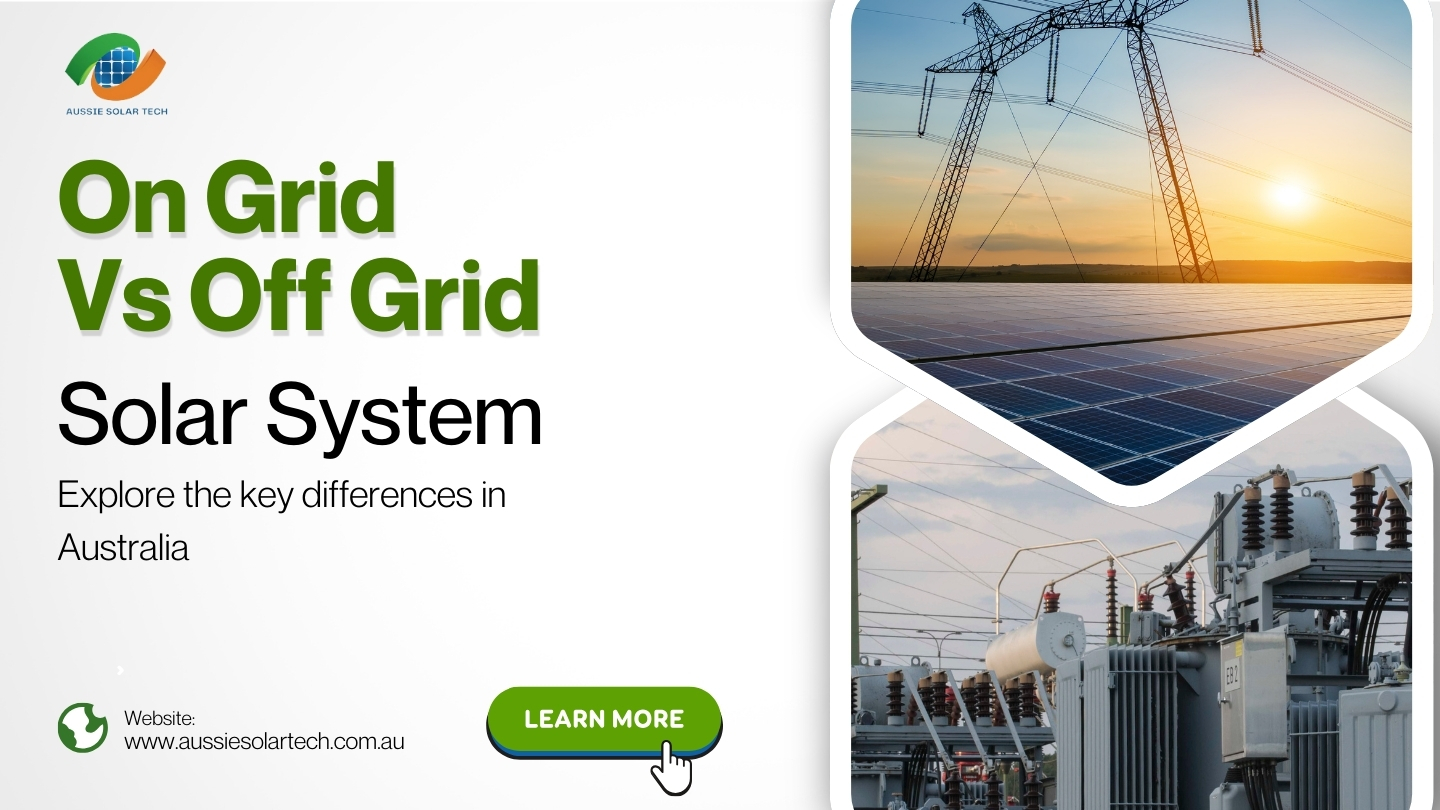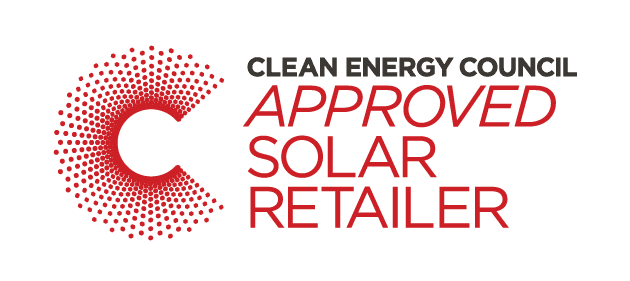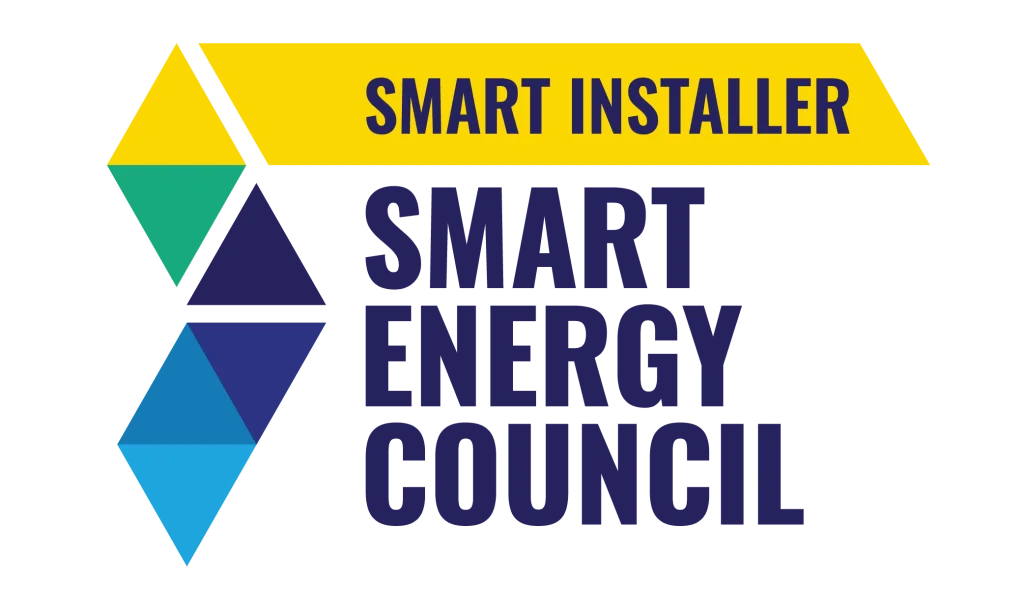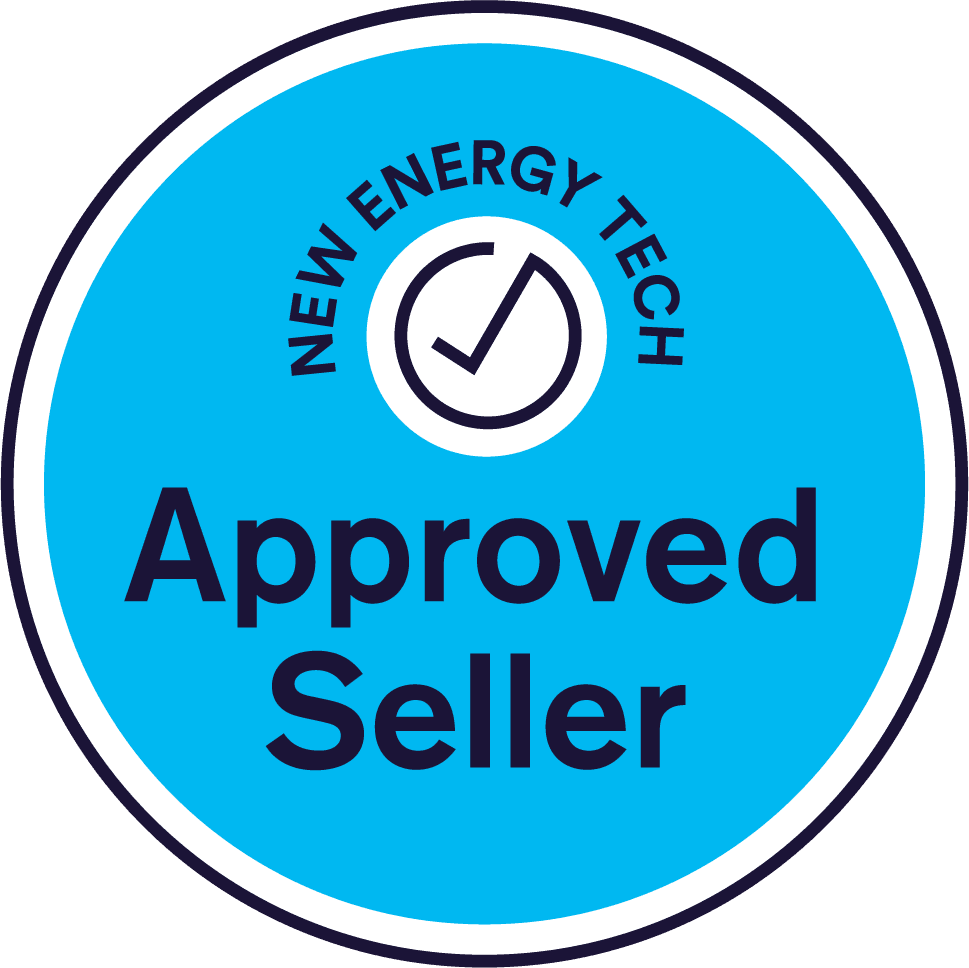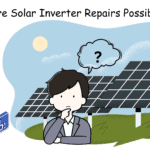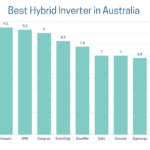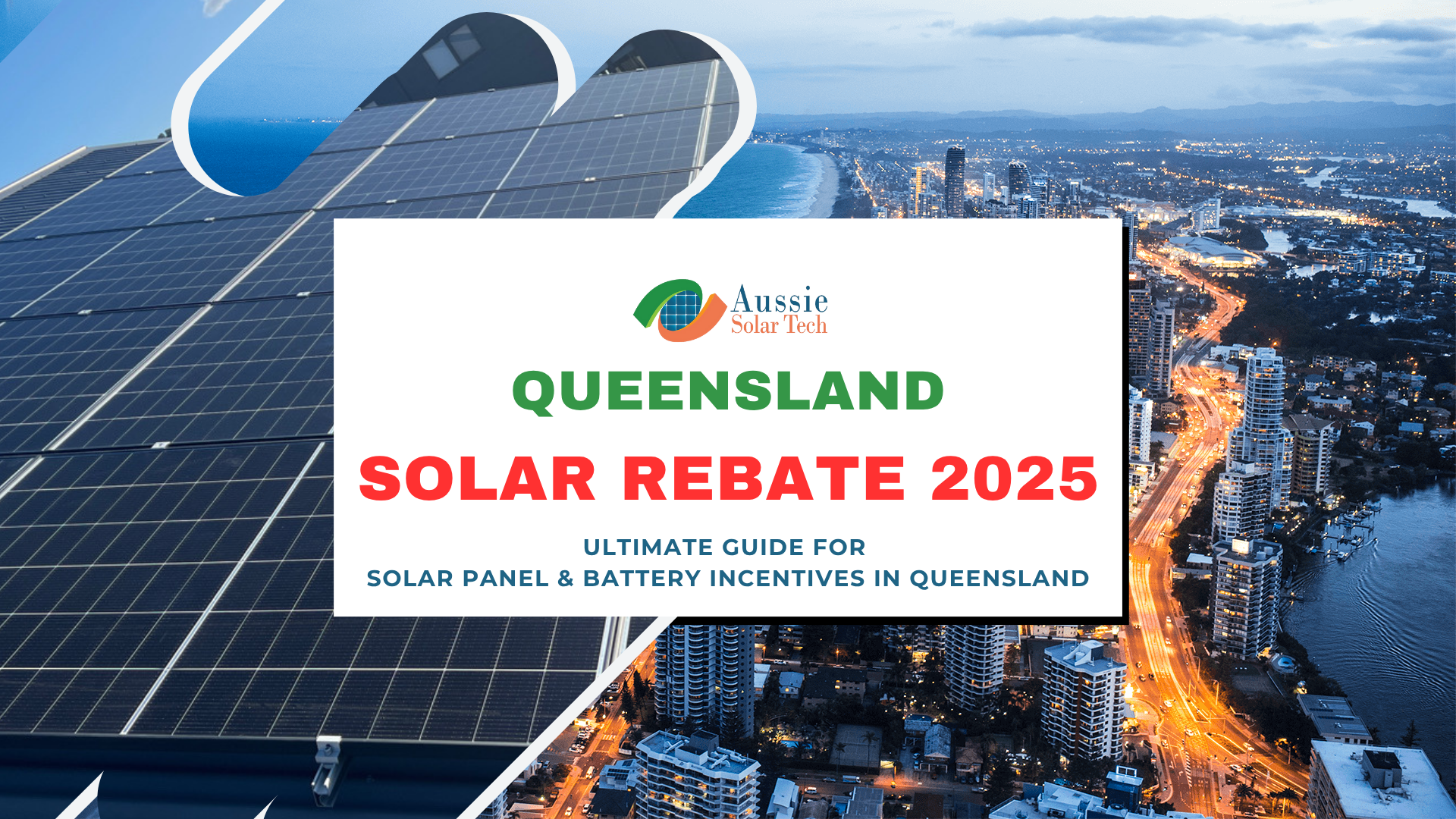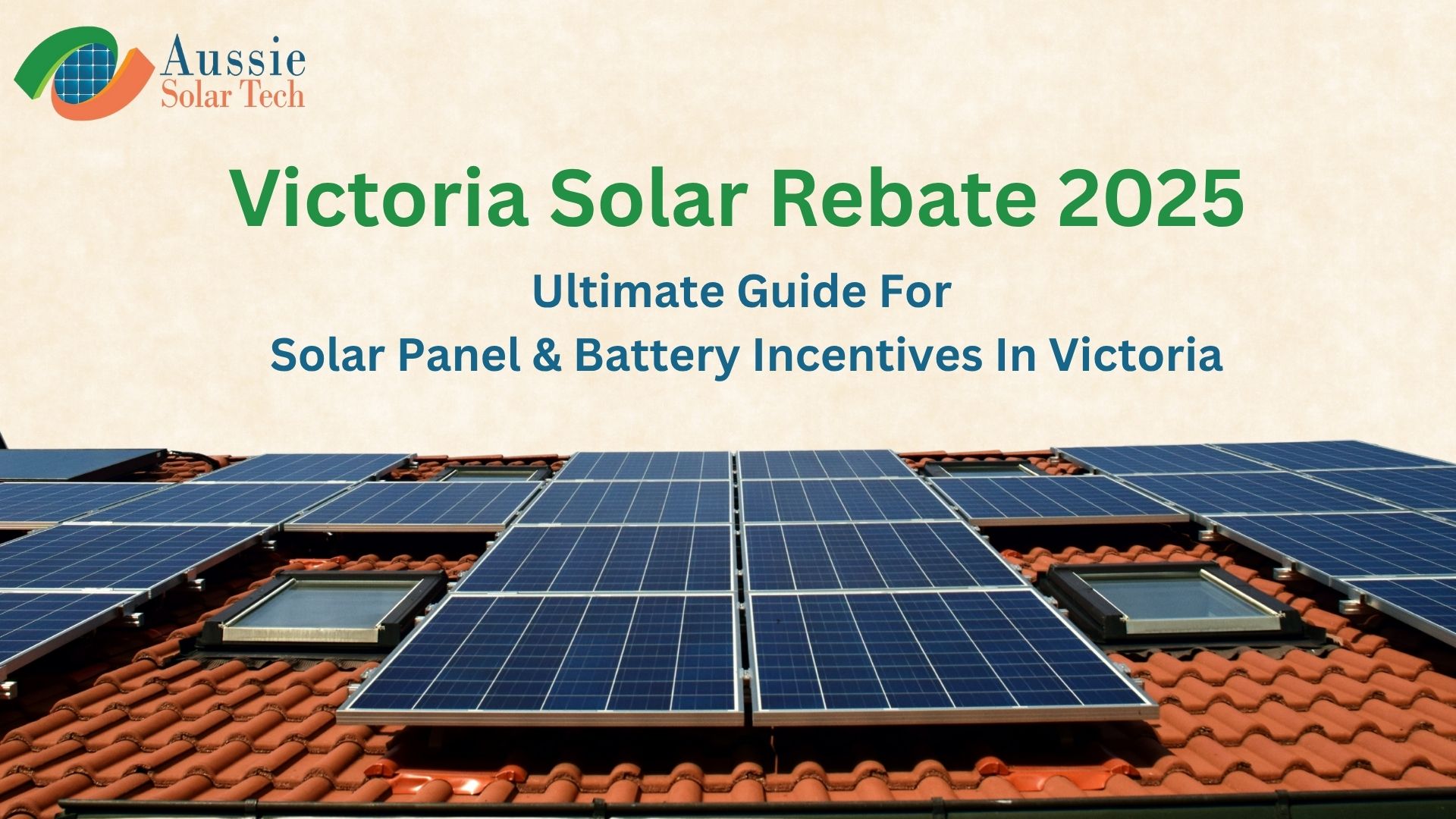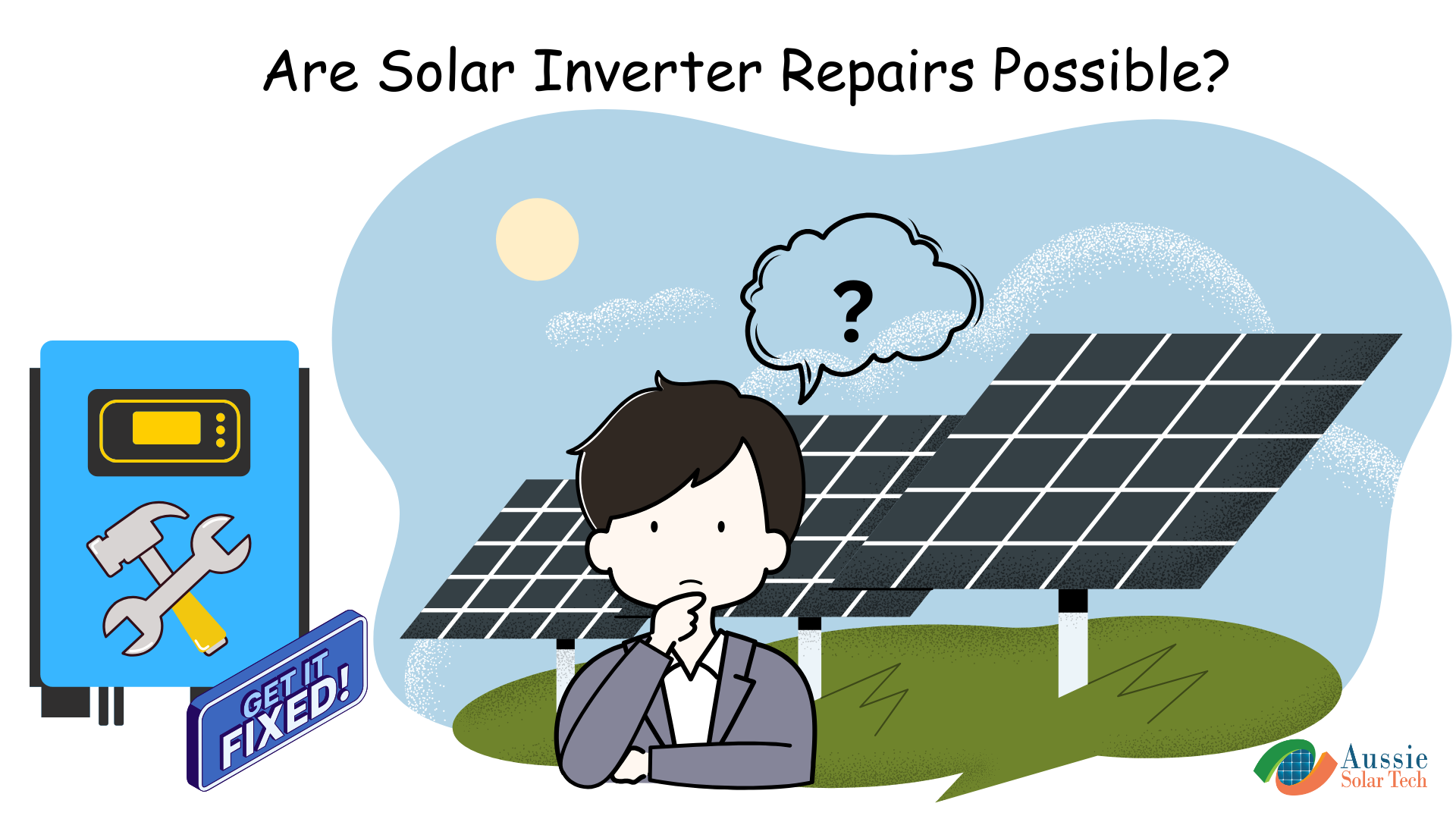NSW Solar Rebates 2025 | Ultimate Guide for Solar Panel & Battery Incentives in NSW
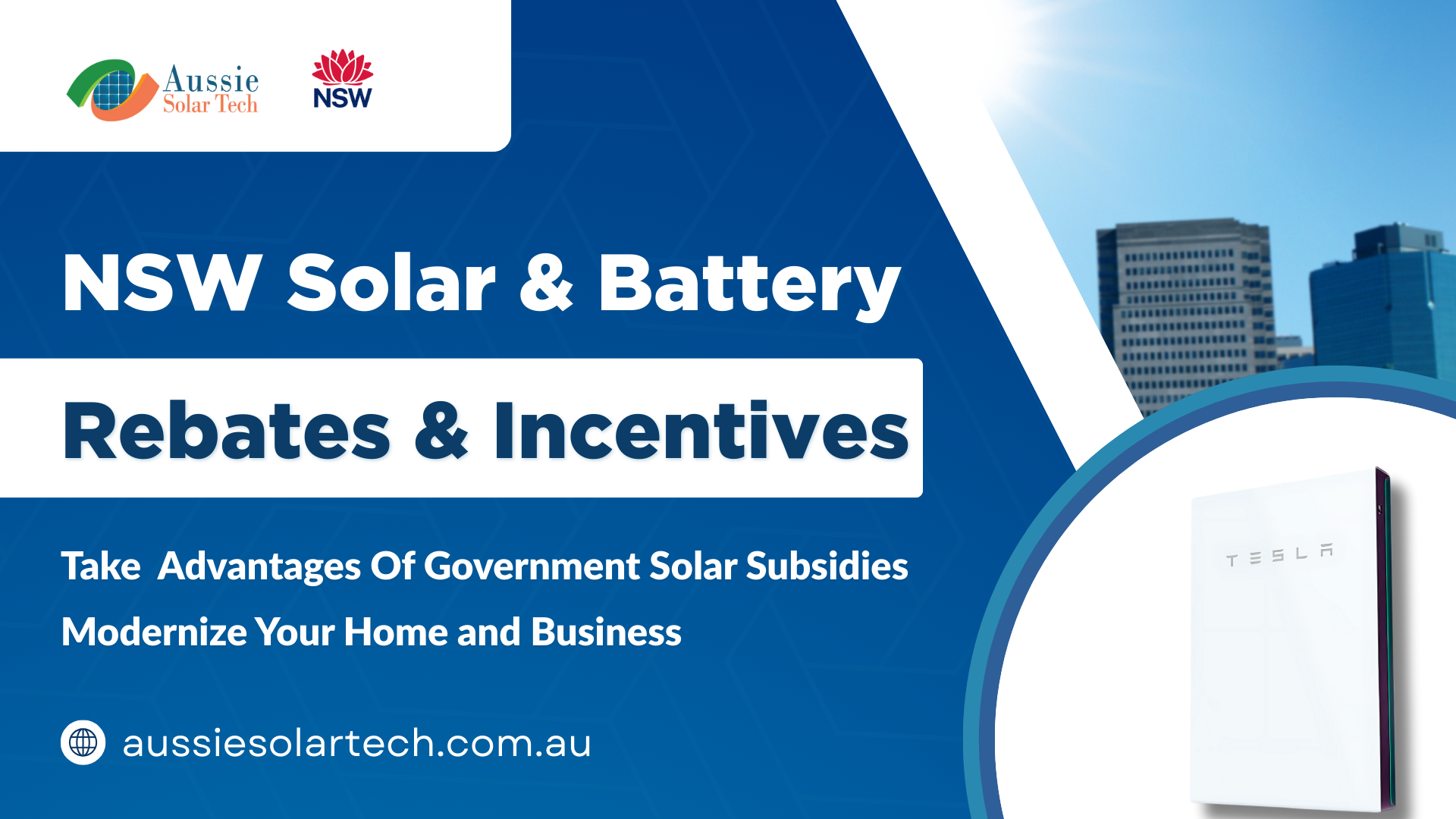
In This Article
ToggleNew South Wales (NSW) is leading the charge in the renewable energy transition with a range of government subsidies aimed at making solar energy and battery storage more accessible. As electricity prices climb and the commitment to reducing carbon emissions intensifies, NSW residents and businesses have a unique chance to lower costs while supporting a greener, more sustainable future. This guide explores the various NSW solar rebates, battery rebates, and related schemes such as the Federal Government’s Small-scale Renewable Energy Scheme (SRES) and Cheaper Home Battery Program; NSW Government’s SoAR, PRDS, Energy Savings Scheme, and Virtual Power Plant incentives.
Overview of NSW Solar Rebates
NSW solar rebates form the backbone of the state’s renewable energy strategy, focused on making solar energy more accessible. These solar subsidies work in tandem to help homeowners and businesses not only reduce their energy bills but also improve energy security and contribute to NSW’s ambitious emissions reduction targets. NSW solar energy rebates are designed to accelerate the transition to a cleaner, more sustainable future for all.
The solar panel and battery rebate schemes & incentives in 2025 in NSW are following:
- Small-scale Renewable Energy Scheme (SRES)
- Cheaper Home Battery Program
- Solar for Apartment Residents (SoAR)
- Peak Demand Reduction Scheme (PRDS) [ This scheme is closed on 30th June, 2025]
- Virtual Power Plant (VPP) Incentives
- Energy Savings Scheme (ESS)
Key Objectives of NSW Government Solar Subsidies:
- Reducing upfront costs for solar panel installations through rebates and tradable certificates.
- Encouraging battery adoption via financial incentives that lower installation costs.
- Promoting energy independence vis solar energy adoption that reduce dependency on traditional power grids.
- Enhancing grid stability by integrating distributed energy resources through Virtual Power Plants (VPPs).
- Promoting energy efficiency through broader schemes such as the Energy Savings Scheme (ESS).
- Reducing greenhouse gas emissions by transitioning to solar and achieve net-zero targets by 20250.
Solar Panel Rebates NSW:
Small-scale Renewable Energy Scheme (SRES) & STCs
The federal SRES program underpins much of the solar subsidy available in NSW. When you install a new solar system, you generate Small-scale Technology Certificates (STCs), which reflect the estimated amount of renewable energy your system will produce until 2030. These certificates can be sold, and their value is applied as an upfront discount on the installation cost. For example, a typical 6.6 kW system can save NSW homeowners approximately $3,000–$3,500 through STC discounts.
Eligibility fo SRES:
- Individual Homeowners: Homeowners who install eligible renewable energy systems, such as solar panels, air-source heat pumps, or small wind turbines.
- Small Businesses: Small businesses installing eligible renewable energy systems that meet the criteria established by the government.
- Approved Installers: Systems must be installed by accredited installers and meet technical requirements for certification.
- Location and System Size: The amount of STCs awarded depends on the location (solar exposure, for instance) and the capacity of the system.
Benefits of SRES:
- Financial Support: The key benefit of the SRES is the ability to generate STCs, which can be sold to reduce the upfront cost of installing renewable energy systems.
- Environmental Impact: By encouraging the installation of renewable energy systems, SRES helps reduce carbon emissions and contributes to Australia’s renewable energy goals.
- Energy Savings: Installing renewable energy systems like solar panels can significantly lower electricity bills by reducing dependence on the grid.
- Grid Independence: With solar panels or other systems, homeowners and businesses can reduce their reliance on traditional energy sources, enhancing energy security.
Solar for Apartment Residents (SoAR)
For those living in the apartment complex and multi-unit dwellings, the Solar for Apartment Residents (SoAR) grant is a dedicated program that helps overcome the challenges of installing rooftop solar on apartments. This initiative provides grant funding to cover up to 50% of the installation cost (up to $150,000 with a per-project cap), making renewable energy accessible to a wider range of residents. Funding is available for the installation of shared rooftop solar PV systems on multi-unit dwellings with 3 to 55 residential lots.
The building must be a completed development, not have had a solar system installed in the past 10 years, and have an active strata insurance policy covering the solar installation. Grant funds can be used for purchasing and installing solar panels, inverters, mounting systems, solar sharing technology, and related safety equipment. Enabling works like essential roof waterproofing are also eligible, provided they do not exceed 10% of the total project cost
Eligibility Criteria of SoAR:
- Applicant Eligibility: Applications must be submitted by the residential owners corporation managing the strata scheme or an authorized strata managing agent. Individual property owners or tenants are not eligible to apply directly.
- Building Eligibility: The building must be located in NSW, be registered under the Strata Schemes Management Act 2015, and have an active strata insurance policy that covers the solar installation.
- Previous Solar Installations: Buildings that have received funding for a solar PV system under this program in the past are not eligible to apply again.
For more information NSW Government Portal
Benefits of SoAR:
- Reduced Electricity Costs: Residents can benefit from lower energy bills by accessing solar-generated electricity, leading to long-term savings.
- Environmental Impact: By adopting solar energy, apartment buildings contribute to reducing greenhouse gas emissions, supporting NSW’s sustainability goals.
- Increased Property Value: Properties equipped with solar installations may see an increase in value due to their energy efficiency and appeal to environmentally conscious buyers. Community Engagement: The program fosters collaboration among residents, promoting shared investment in renewable energy solutions and enhancing community cohesion.
Applications for the SoAR program are open until 1 December 2025 or until funds are fully allocated. Interested owners corporations or strata managers are encouraged to review the detailed guidelines and submit their applications promptly.
Solar Battery Rebates NSW:
Cheaper Home Battery Program
The Federal Solar Battery Rebate is a $2.3 billion subsidy scheme by the Australian Government, officially known as the Cheaper Home Battery Program. It is a nationwide solar battery incentive designed to accelerate battery adoption across Australia to reduce home battery installation costs by around 30%. This government solar battery rebate aims to support over one million new battery installations across Australia by 2030, and it is the expansion of the Small-scale Renewable Energy Scheme (SRES), which has driven solar uptake since 2011.
Eligibility of Cheaper Home Battery Program:
- System size: Batteries must have 5–50 kWh usable capacity (100 kWh for businesses/community facilities, rebated up to 50 kWh).
- Installation date: Be installed on or after 1 July 2025 (batteries installed from 6 April 2025 may still be eligible as long as the battery has not been commissioned)
- Solar connection: The battery must pair with a new or existing rooftop solar system.
- Approved equipment: Only Clean Energy Council-approved batteries qualify, ensuring safety and performance. Be listed on the Clean Energy Council (CEC) approved product list
- Capable Battery: The battery must be Virtual Power Plant (VPP) capable. Battery must comply with AS/NZS 5139:2019.
- Accredited installers: Installation must be done by or supervised by SAA-accredited installers.
- One per property: Each property is limited to one rebate, though owners of multiple properties can claim for each. Electric vehicles are not eligible battery systems for this program.
- Australian residency: Applicants must be Australian residents or entities, including households, small businesses, and community organizations like schools or clubs.
- Consumers must also receive: Written statements on installation safety and expected energy savings. Compliance documents to meet state/territory regulations
Benefits of Cheaper Home Battery Program: From July 1, 2025, eligible households, small businesses, and communities can claim a solar battery rebate of up to 30% of the total costs of purchase & installation of solar battery storage systems $372 per kilowatt-hour (kWh) of usable battery capacity estimated maximum $18,500 for eligible 49.99kWh battery storage system. After paying administrative fees, the real-world savings are approximately $330 per kWh. For a 10 kWh battery, the estimated incentive will be $3,720 and for a 13.5 kWh (e.g. Tesla Powerwall 2 & Tesla Powerwall 3), the estimated incentive will be $4,900 , significantly lowering the cost of systems that usually take $8,000 to $16,000 in 2025.
Peak Demand Reduction Scheme (PRDS) [ This scheme is closed on 30th June, 2025]
Battery storage plays a pivotal role in maximizing the use of solar energy. NSW’s PRDS offers incentives on battery installations to help reduce electricity demand during peak periods. Key features include:
- Peak Reduction Certificates (PRCs): Participants can earn PRCs by undertaking eligible activities that reduce peak demand. Each PRC represents a 0.1kW reduction in peak demand, averaged over one hour during peak periods.
- Eligible Activities: The scheme supports various activities, including:Installation of
- Energy-Efficient Appliances: Upgrading to efficient air conditioners, pool pumps, and heat pump water heaters.
- Battery Energy Storage Systems (BESS): Installing battery storage systems to store excess solar energy for use during peak times.
- Incentives for Battery Installations: Since November 1, 2024, the PDRS has offered rebates for installing eligible battery storage systems, ranging from $1,600 to $2,400, depending on the battery’s capacity. Additional incentives are available for households connecting their batteries to Virtual Power Plants (VPPs), allowing participation in grid stability programs.
Eligibility Criteria of PDRS:
- Participants: The scheme is open to both residential and small business customers in NSW who can reduce their electricity consumption during peak periods.
- Installation Requirements: Battery installations must be conducted by Accredited Certificate Providers (ACPs) recognized under the PDRS. The chosen battery must be listed on the Clean Energy Council’s approved product list, have a usable capacity between 2 kWh and 28 kWh, and meet specific performance and warranty standards.
Benefits of Participating in PDRS:
- Financial Savings: By reducing peak demand, participants can lower their electricity bills. For example, households with both solar and battery systems can save approximately $1,500 annually.
- Grid Reliability: Decreasing peak demand helps stabilize the electricity grid, reducing the risk of outages during high-demand periods.
- Environmental Impact: The scheme supports NSW’s goal of reducing emissions by 70% by 2035 and achieving net-zero emissions by 2050 by promoting the use of renewable energy sources.
- Incentive Payments: Participants receive upfront discounts on eligible activities, such as battery installations, and can earn additional incentives through VPP participation.
For more detailed information on eligibility criteria, application processes, and participating in the PDRS, visit the NSW Government’s Energy Savings Scheme website. These incentives aim to promote behind-the-meter battery storage that not only cuts energy bills but also supports a more stable grid.
Energy Savings Scheme (ESS)
The Energy Savings Scheme (ESS) is a New South Wales (NSW) Government initiative designed to reduce energy consumption and greenhouse gas emissions by offering financial incentives to businesses and households that implement energy-efficient measures. Participants can receive financial rewards for activities such as upgrading to energy-efficient lighting, HVAC systems, motors, and refrigeration units. Through the scheme, businesses and households earn Energy Savings Certificates (ESCs) for eligible activities, which can be traded or sold to energy retailers obligated to meet specific energy savings targets.
Eligibility Criteria of ESS:
- Location: The ESS is available to businesses and households located in NSW.
- Participation: To participate, businesses must be customers of an electricity retailer that is part of the ESS.
- Types of Eligible Activities: Eligible activities include installing energy-efficient equipment such as LED lighting, upgrading HVAC systems, and improving refrigeration efficiency.
Benefits of Participating in ESS:
- Cost Savings: By implementing energy-efficient upgrades, participants can lower their electricity bills through reduced energy consumption.
- Financial Rewards: The sale of ESCs provides additional financial incentives, offsetting the initial costs of energy-efficient investments.
- Environmental Impact: Reducing energy consumption contributes to lowering greenhouse gas emissions, supporting NSW’s sustainability goals.
- Enhanced Property Value: Energy-efficient properties may attract higher valuations due to reduced operational costs and improved environmental performance.
For more detailed information on the ESS, including how to participate and the latest updates, visit the NSW Government’s Energy Savings Scheme.
Under the ESS, eligible energy-saving activities earn Energy Savings Certificates (ESCs), which can then be traded or surrendered, further reducing costs for participants. This scheme complements the solar and battery incentives by promoting a holistic approach to energy management.
Virtual Power Plant (VPP) Incentives
A Virtual Power Plant (VPP) is a network of interconnected battery storage systems that collectively contribute to grid stability by supplying stored energy during peak demand periods. In New South Wales (NSW), participating in a VPP offers both financial incentives and environmental benefits. NSW residents can receive additional payments maximum $1,500 for connecting their battery storage systems to a VPP.
The upfront incentive you receive depends on the usable capacity of the battery in kilowatt-hours (kWh). Larger batteries will receive a larger incentive.
From 1 July 2025, the incentive amounts you can receive are:
- up to $550 for a 10 kWh battery
- up to $1,500 for a 27 kWh battery
This incentive encourages households to contribute excess energy to the grid during peak times, enhancing grid reliability, and can be claimed twice, with at least a three-year interval between claims. By enrolling in a VPP, your battery is managed to discharge stored energy back to the grid during peak demand periods, providing a revenue stream while supporting the grid by reducing reliance on fossil fuels during high-demand times.
Eligibility Criteria for VPP Participation:
- Battery Specifications: To participate, your battery must have a usable capacity between 2 kWh and 28 kWh and meet specific performance and warranty requirements, including a minimum of six years remaining on the warranty.
- Installation by Accredited Suppliers: The battery must be installed by an Accredited Certificate Provider (ACP) recognized under the Peak Demand Reduction Scheme (PDRS). It’s essential to choose an installer who is accredited to ensure compliance with program standards.
Benefits of VPP Participation:
- Additional Income: Selling excess stored energy back to the grid through a VPP provides an extra income stream, effectively offsetting energy costs.
- Grid Support: By participating, you contribute to grid stability, especially during peak demand periods, reducing the likelihood of outages and supporting the transition to renewable energy sources.
- Environmental Impact: Utilizing stored energy during peak times decreases reliance on fossil fuels, aligning with NSW’s goal to reduce emissions by 70% by 2035 and achieve net-zero emissions by 2050.
For more detailed information on VPPs and to find accredited suppliers in NSW, visit the NSW Government’s Energy Savings Scheme
By participating in a VPP, battery owners not only earn cash incentives but also contribute to grid stability, which is crucial during peak demand periods.
Benefits of NSW Solar and Battery Incentives
Taking advantage of these incentives offers multiple benefits:
- Lower Upfront Costs: With rebates reducing installation expenses, solar and battery systems become more accessible.
- Reduced Electricity Bills: Increased self-consumption of solar energy and the ability to store energy for use during peak periods significantly lower energy bills.
- Enhanced Property Value: Homes equipped with solar and battery systems are more attractive in the market.
- Environmental Impact: By reducing reliance on fossil fuels and decreasing carbon emissions, these programs help NSW meet its environmental targets.
- Grid Stability: Distributed battery storage and VPP participation contribute to a more resilient and reliable electricity grid.
Moreover, the ESS further incentivizes energy-efficient upgrades, ensuring that overall energy consumption is reduced, which in turn benefits both consumers and the wider community.
Looking Ahead: Why 2025 is the Perfect Time for Solar
As the phase-out of certain incentives (like the STC value decline) continues, now is the optimal moment to invest in solar and battery systems. Locking in the current rebates and subsidies will:
- Maximize financial savings: With rebates gradually decreasing over the next few years, early adoption means higher discounts.
- Future-proof your home or business: Solar panels and batteries not only provide immediate cost benefits but also offer long-term energy security and environmental advantages.
- Support NSW’s energy transition: Your investment contributes to the broader goal of reducing peak demand and accelerating the shift towards a net-zero emissions future by 2050.
Conclusion
NSW’s robust suite of solar and battery incentives in 2025 provides an unprecedented opportunity for homeowners and businesses to invest in renewable energy. By combining the benefits of solar rebates through STCs and the SoAR program, battery rebates under the cheaper home battery program and the PRDS, comprehensive energy savings through the ESS, and additional savings via Virtual Power Plant connections; NSW residents can significantly reduce their energy costs while contributing to a sustainable future.
Whether you’re considering a new installation or an upgrade to your existing system, it’s time to take advantage of these government solar subsidies and secure your energy independence. Consult with a CEC-accredited installer today to explore your options and start saving!
Established in 2018, Aussie Solar Tech is a top Australian solar retailer and local solar installer, have the membership of prestigious Clean Energy Council (CEC) and Smart Energy Council. Aussie Solar Tech is NETCC Approved Solar Retailer for selling solar panels, inverters, battery storage, solar hot water systems, heat pump, EV chargers and more.
Our Solar Installers and Solar Designers have CEC and Solar Accreditation Australia (SAA) accreditation. We specialize in providing customized solar systems using CEC approved solar panels, inverters, and batteries for residential, commercial, and industrial clients across the ACT, NSW, VIC, and Queensland. Our services include helping you check your eligibility for Government solar rebates, incentives, and interest-free green loans. Share your ideas and requirements with us, and get a free solar quote today! Contact Us Now!

Shah Tarek is a Solar Energy Consultant with 10 years experience in solar system design and solar consultancy field at Australia. He is now a Director, Operation & Consultancy Division at Aussie Solar Tech, a leading Australian solar retailer and installer. Here he is writing informative and engaging solar content that educates the community on the benefits of solar power. His work supports Aussie Solar Tech’s mission to promote sustainable energy solutions and foster a greener future for Australia.
Recent Posts

